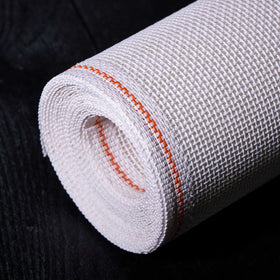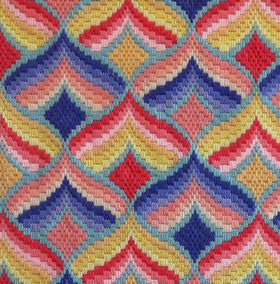

Weaving Wisdom: Mastering the Art of Rug Weaving
Welcome to HM Nabavian's latest blog series, "Weaving Wisdom," where we explore the intricate world of rug weaving. Whether you’re a seasoned weaver or a newcomer eager to learn, this series offers valuable insights, practical tips, and advanced techniques to help you perfect your craft. In this inaugural post, we’ll delve into the essentials of rug weaving, from fundamental techniques to practical advice for creating beautiful, high-quality rugs.
1. The Art and Craft of Rug Weaving
Rug weaving is an age-old art that combines creativity with craftsmanship. At HM Nabavian, we celebrate this rich tradition by exploring its historical roots and cultural significance. Understanding the evolution of rug weaving can deepen your appreciation for this timeless craft.
2. Essential Tools and Materials for Rug Weaving
Before you embark on your rug weaving journey, it’s important to have the right tools and materials. Here’s a guide to get you started:
- Looms: Discover the different types of looms available, from traditional floor looms to modern tabletop looms, and find the best fit for your projects.
- Yarns and Fibers: Explore various yarns and fibers such as wool, cotton, and silk to choose the best materials for your rug.
- Shuttles and Reeds: Learn about the roles of shuttles and reeds in guiding and spacing your threads for optimal results.
- Patterns and Templates: Utilize patterns and templates effectively to plan and design your rug with precision.
3. Fundamental Weaving Techniques for Stunning Rugs
Mastering basic weaving techniques is crucial for producing high-quality rugs. Here are some core techniques to master:
- Plain Weave: The most fundamental technique where weft threads pass over and under warp threads, creating a simple yet versatile fabric.
- Twill Weave: This technique creates a diagonal pattern, adding texture and strength to your rug.
- Satin Weave: Achieve a smooth, lustrous surface by weaving the weft threads over multiple warp threads, perfect for luxurious rugs.
4. Designing Your Rug: A Step-by-Step Approach
Effective rug design involves both creativity and strategic planning. Follow these steps to create a beautiful rug:
- Concept and Inspiration: Draw inspiration from diverse sources like art, nature, and cultural motifs to guide your design.
- Sketching and Planning: Create detailed sketches and decide on color schemes, patterns, and sizes for your rug.
- Sample Weaving: Test your design with a small sample to make adjustments before committing to the final piece.
5. Overcoming Common Rug Weaving Challenges
Every weaver faces challenges. Here’s how to address some common issues:
- Uneven Tension: Maintain consistent tension by regularly adjusting warp threads and checking for uniformity.
- Mistakes in Pattern: Correct mistakes as you weave using a comb or stick, and keep a clear pattern guide to prevent errors.
- Warp Breakage: Replace broken warp threads promptly and ensure proper tension to avoid future issues.
6. Tips for Enhancing Your Weaving Skills
To continually improve your weaving abilities, consider these tips:
- Regular Practice: The more you practice, the better you’ll understand different techniques and materials.
- Seek Feedback: Engage with weaving communities and forums to get constructive feedback from fellow weavers.
- Experiment: Try new patterns, techniques, and materials to expand your weaving repertoire.
7. Recommended Resources for Rug Weavers
Here are some valuable resources to support your rug weaving journey:
- Books: Essential readings on rug weaving techniques and design.
- Online Courses: Explore reputable online courses and workshops to enhance your skills.
- Community Groups: Join forums and social media groups focused on rug weaving to connect with other enthusiasts.
Conclusion
At HM Nabavian, we are passionate about the art of rug weaving and committed to helping you create exceptional rugs. By mastering fundamental techniques, embracing design principles, and continually learning, you can elevate your weaving craft. Stay tuned for more posts in our "Weaving Wisdom" series, featuring advanced techniques, inspirational stories, and expert insights.
Happy weaving!




